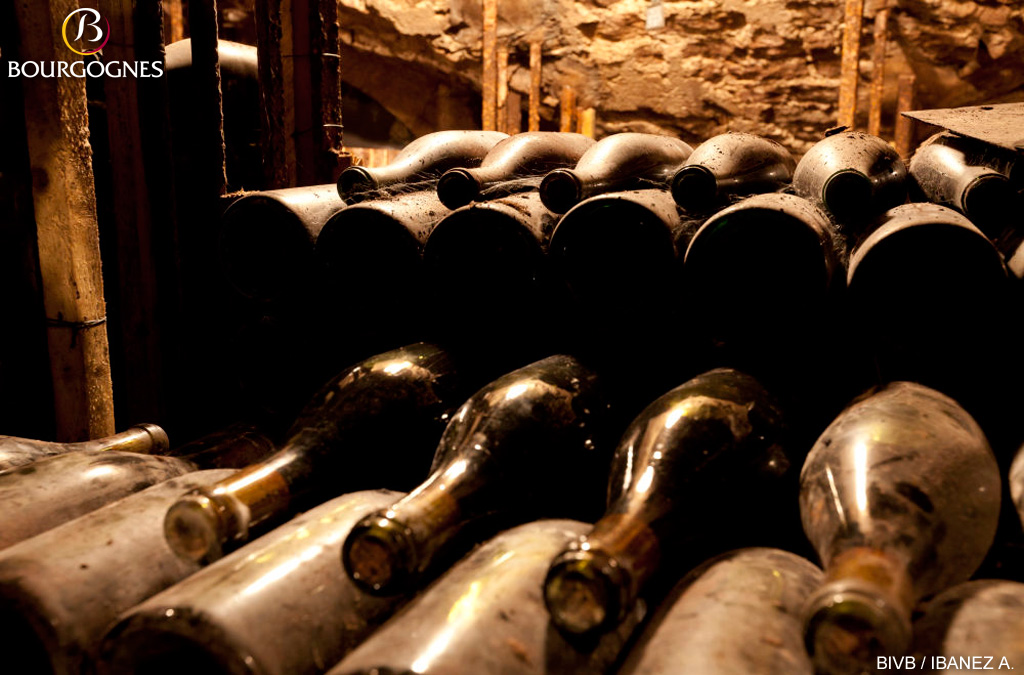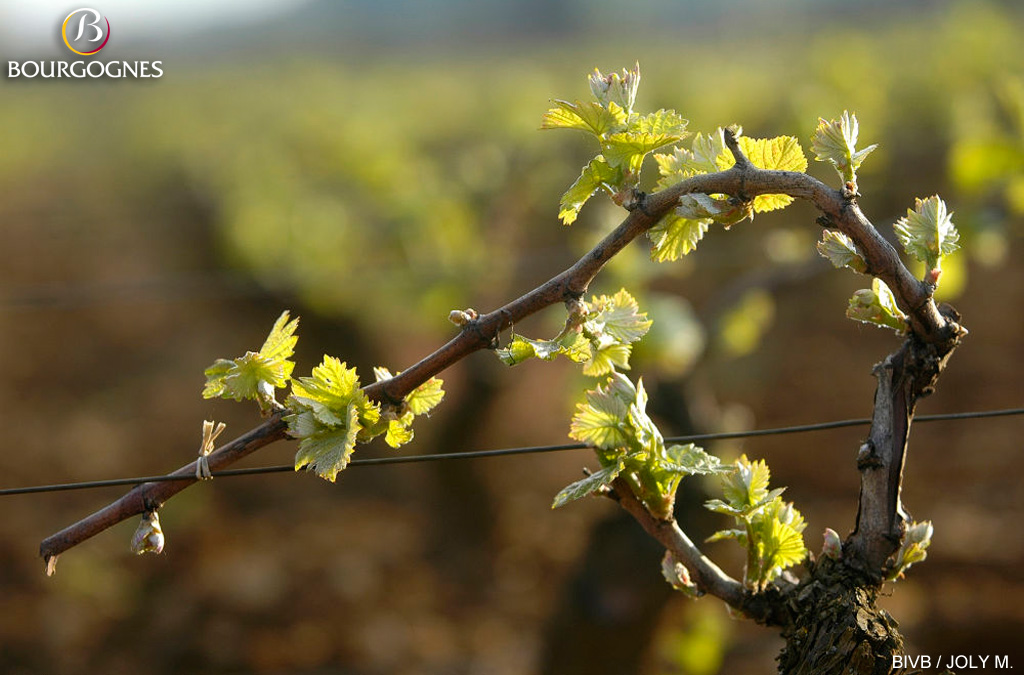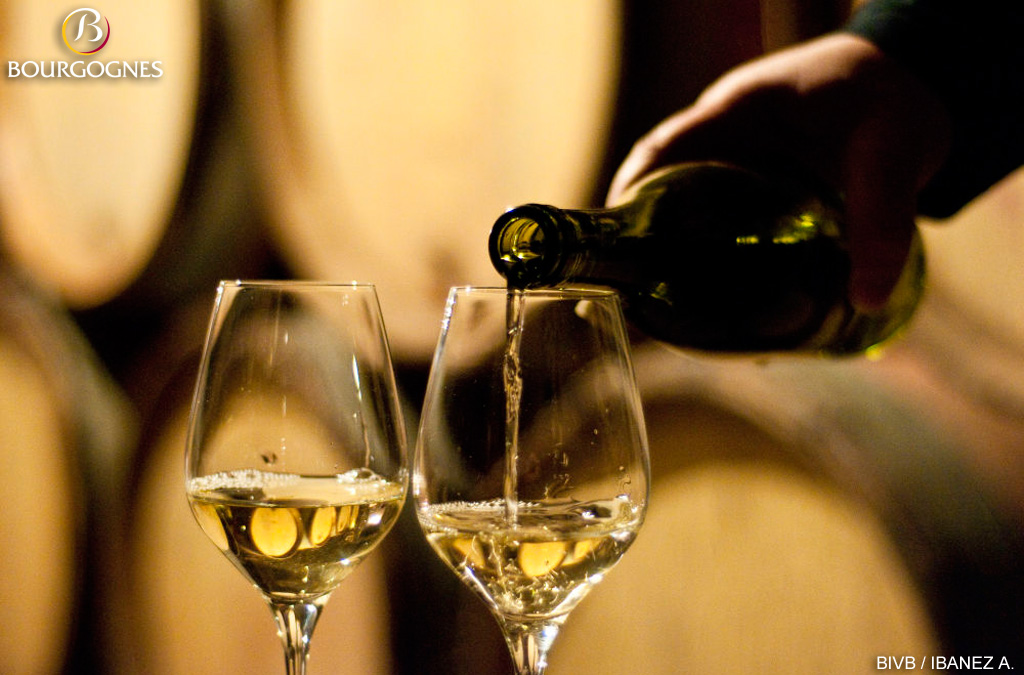2020 官网升级中!现在您访问官网的浏览器设备分辨率宽度低于1280px请使用高分辨率宽度访问。
“Sustainability” has been the subject of WINWSA’s annual award since its inception and we have witnessed the W&S industry’s warm response to this topic. More and more wineries, brands, and even consumers started to pay attention and get involved. It is one of the major transformations in the industry these years. Sustainability is nothing new in the wine business. Viticulturists, wineries, and businesses have ventured into this field decades ago.
Against this backdrop, WINWSA has invited global leaders, scholars, and researchers to discuss the future trends of this subject, the impact of extreme weather on viticulture, and how to achieve sustainable development in the wine business.
Mr. Laurent Delaunay is the president of the Bourgogne Wine Board (BIVB), the founder and owner of Badet Clément, and owner of Edouard Delaunay. Talented and ambitious, Laurent Delaunay founded Badet Clément with his wife and later purchased back his century-old family estate, which had been sold in the early 90s, planning to fully restore its past glory.

©Laurent Delaunay
Part of the BIVB’s job is to provide expert support to wine professionals, finance studies and research and improve sustainability. It is a great honor for us to have invited Mr. Laurent Delaunay to talk about sustainable developments in Burgundy, practical methods they have employed to counter climate change and the future path of this renowned wine region.
The content below is a simplified summary of the video. To watch the full video please go to WINWSA’s public WeChat account.
01 Better viticulture to counter climate change
2022 was a very dry and warm vintage, with a very hot summer, which started in late June and lasted until the harvest. But we were also quite lucky. First of all, a lot of rain at the end of June enabled us to wait until the very last minute to start harvesting. Secondly, we had a very generous vintage, without too much concentration and dryness.
We had to adapt our methods and we did two different things in the vineyards in order to do that. First, we kept a small amount of soil just under the vines, and it helped keep some humidity in the soil. We also kept some grass in between our vine rows, which avoided soil dryness and slightly lowered the temperature of the soil thanks to the protective screen made by the grass.
So far, Burgundy has really benefited from climate change and global warming. We have much better vintages now than what we used to have in the 70s and 80s. Thanks to that and also to technological improvements, we have riper grapes and it is easier for the winemakers to make qualitative wines. The wines now need less pumping-overs and less extraction, the tannins are also softer and much more integrated which leads to wines that can be drunk and enjoyed earlier. I am totally convinced that the wines recently produced are going to age well over time and that Burgundy is going to remain the benchmark for the best Pinot Noirs and Chardonnays in the world for a very long time.

©Bourgogne Wine Board
02 Great adaptability of vines in Burgundy
The terroir of Burgundy has existed for almost 2,000 years and it’s not going to change. I think that the vines are surprisingly adapted, they show a certain kind of resilience to climate change. 2022 is a very good example. It is a warm and dry vintage, but the balance is very good and the ripeness is beautiful. It really shows that vines are adapted to some extent.

©Bourgogne Wine Board
The main challenge in the vineyard is to find a way to keep more water in the soil during the summer in order to avoid drought. We can keep a small layer of grass on the soil as we previously said but we also need to start adding more organic matter into the soil. Some interesting surveys show that if you have more organic matter in the soil like manure you can retain up to 30% more water.
03 Development driven by technology
I am now the president of the Bourgogne Wine Board (BIVB) and one of our major role is to carry out research and development studies that small estates will benefit from. I am absolutely sure that by collectively changing our ways of working in the vineyard we will be able to keep up the high quality and profile of our Pinot Noirs and Chardonnays. Moreover, I don’t believe that we’ll start seeing southern grape varieties in Burgundy in the next century.
One sure thing is that the rootstock is very important, because the key to making balanced wine is to have water for the vines during summer. It is very important to choose the right rootstock with roots that can go deep in the soil, especially if you are going to want vines that are adaptive to drier weather. We study many different options with the BIVB, in Burgundy, we have a conservatory of old grape varieties which have existed here in the past and for some reasons have disappeared in the last centuries. Now, some of these grapes seem to be able to readapt to our current climate conditions. As a result, we have considered the possibility of crossing old Burgundy grape varieties with our Pinot Noir and Chardonnay.

©Bourgogne Wine Board
France and Burgundy especially is a region situated in the middle of the Northern Hemisphere. We are just about 45 degrees N and so it means that right now we are not very much concerned with extreme weather changes. Especially nowadays, we see the global demand for wine is towards wines with elegance, with freshness which corresponds exactly to the definition of our wine in Burgundy, with Pinot Noir and Chardonnay. We have to pay a lot of attention to the terroir, because the terroir is what truly makes the quality and profile of our wines.
As a matter of fact, I truly believe in the potential of the Hautes-Côtes de Nuits which overlook the town of Nuits-Saint-Georges. Higher in altitude and cooler, the Hautes-Côtes de Nuits have a bright future in front of them and will still offer, as global warming continues to escalate, a possibility to produce wines that combine beautiful ripeness and freshness.
-END-